15 Easy Ways To Make Your Home Environmental Friendly Green
Content
Because it’s easily harvestable and doesn’t take a lot to produce sheep’s wool, meaning, sheep naturally reproduce their coat throughout the year, so it’s highly sustainable. Many homeowners use sheep’s wool as insulation in their homes. It doesn’t deteriorate as quickly as other natural insulation materials, but it can be more expensive than some natural options. A passive house uses a range of techniques to heat, cool, and power itself with a minimal carbon footprint. The techniques used will often depend on the climate and exact location of the house, to minimize energy use and carbon emissions. It’s important to take sustainability and energy efficiency into account when building a new house or upgrading your existing home.
The natural colors of the soil can make for truly stunning designs, very much in keeping with the natural environment. Earthships are the ultimate in eco-friendly houses made from upcycled and natural materials, avoiding the use of any new or non-sustainable materials. Traditionally they are made from old tires filled with earth and they may also use concrete beams, the only new material, but also a sustainable material. Many prefab houses are now LEED (Leadership in Energy and Environmental Design) certified. LEED is the most popular rating system for green construction and rewards highly efficient, green construction, and can be used for both new buildings and re-fits. There are many different ways of building eco-friendly homes, some of which are highly ambitious, and are viable for the most determined eco house owners.
Hot Water is a Waste
Switching to solar energy can save homeowners over $100 a month, which is more than $35,000 over 20 years. Sustainable living in eco-friendly housing is increasingly sought after. A sustainable home can be just as functional and convenient as a conventional home. You don’t have to sacrifice style or comfort with today’s sustainable home features. Composting keeps waste out of landfills and creates a nutrient-rich additive for your garden.
Things like whitening agents & surfactants are some of the worst. The David Suzuki Foundation has this handy guide on how to choose a cleaner that’s safe for you and the planet. When shopping for curtains look for ones that have a heavy liner.
Build with Eco-Friendly Building Materials
Get a long, skinny brush like this one and use it to gently scrub loose any lint and scuzz from the coils under your fridge. This will help it use less energy to keep your food cold. Conventional gas-powered lawn mowers pack a serious pollution punch, even as much as some late model cars. Replace these oldies with a push lawnmower or an electric cordless one for a larger area.
When deciding on what type of stairs to use, think about what’s most important to you. If you want the stairs to take up the least amount of space as possible, opt for spiral staircases. If you want to avoid disturbing https://ecosoberhouse.com/article/how-to-make-your-home-more-environmentally-friendly/ the light coming through the windows choose modern stairs with spaces between the treads or a floating staircase. If you want to minimize the horizontal footprint of your home take advantage of building vertically.
Here Are 37 Ways to Make Your Home More Earth-Friendly
One of the biggest waste generators in the kitchen is coffee pods. 🗑In Canada, two-thirds of adults enjoy a cup of coffee daily, and 25 percent of those cups of coffee come from single-use pods. Canadians discard 2.8 million pods a day, including those made by Nespresso, Tassimo, and Keurig. These companies claim that the pods can be recycled but all the parts need to be separated first. Residents must perform multiple tasks (remove the lid, empty grounds, and clean containers) to ensure the coffee pods can be properly processed in the Blue Bin recycling. That means keeping reusable shopping bags and mesh bags (for produce) on hand all the time.
Installing eco-friendly fixtures and appliances is a great way to make your property more eco-friendly while also saving money. These lights not only use less energy, but they also last longer than traditional incandescent bulbs, which helps save money on replacement costs. Another idea is to consider installing electric car charging stations to encourage tenants to purchase electric vehicles.
Save your jars
They reduce energy loss to a bare minimum through well-sealed and insulated walls, including air-tight construction techniques. But the sustainable benefits of a tiny new house don’t end there. Many of them are constructed using techniques to maximize the natural heating and cooling of the house or take advantage of sustainable and green materials, like bamboo. The type of lighting you use for your home can determine how much energy you will consume. Light fixtures should be chosen with great consideration. Use energy-saving light bulbs that will use 75% less energy and last longer than traditional bulbs.




















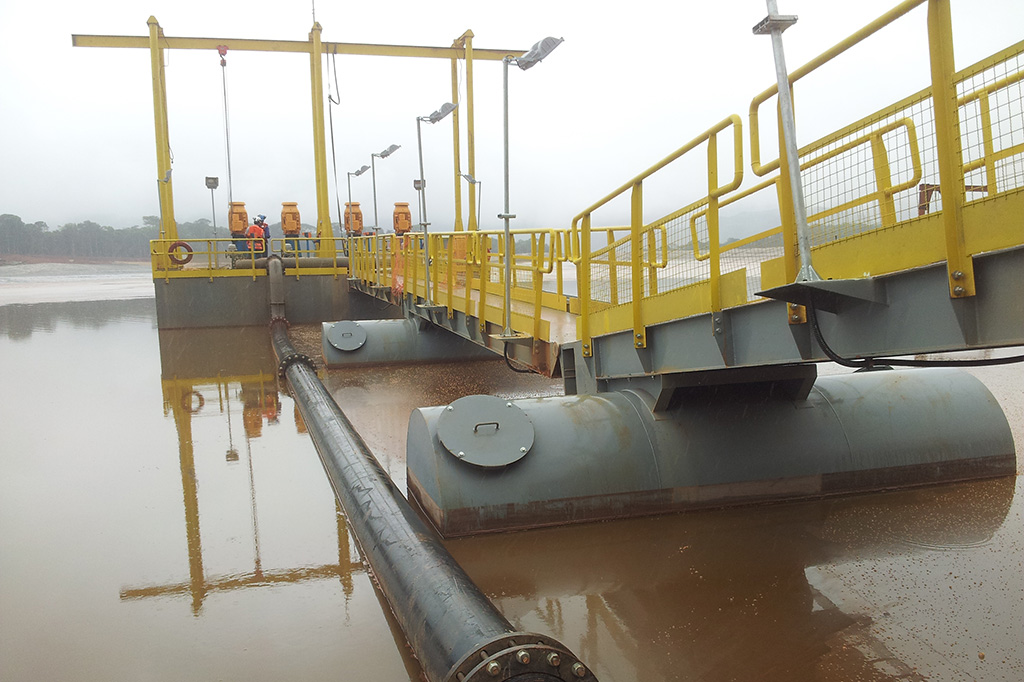
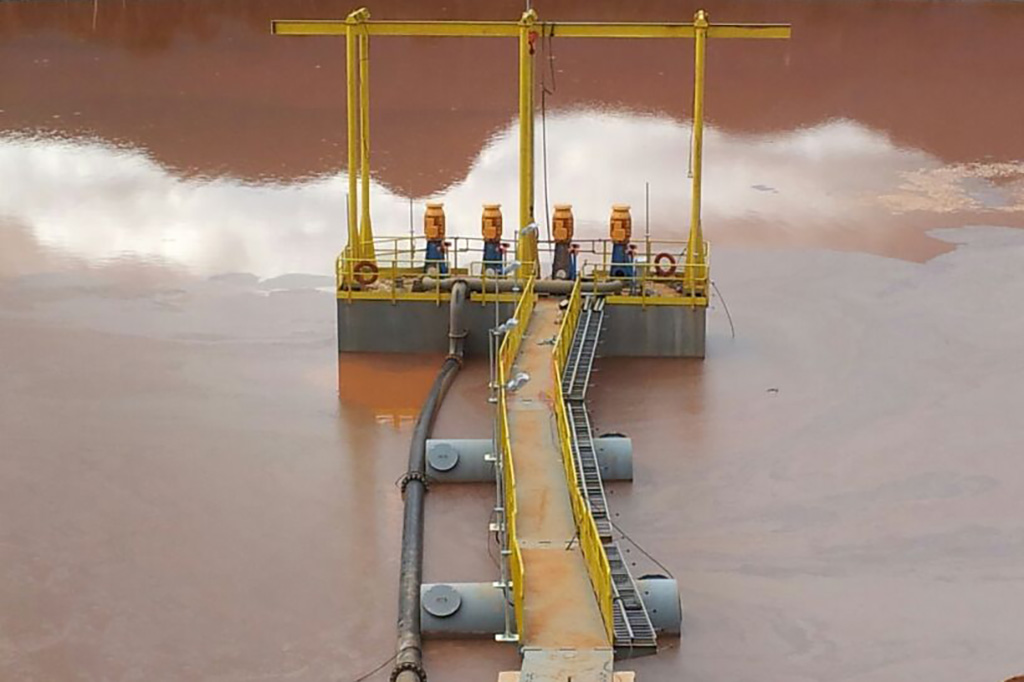
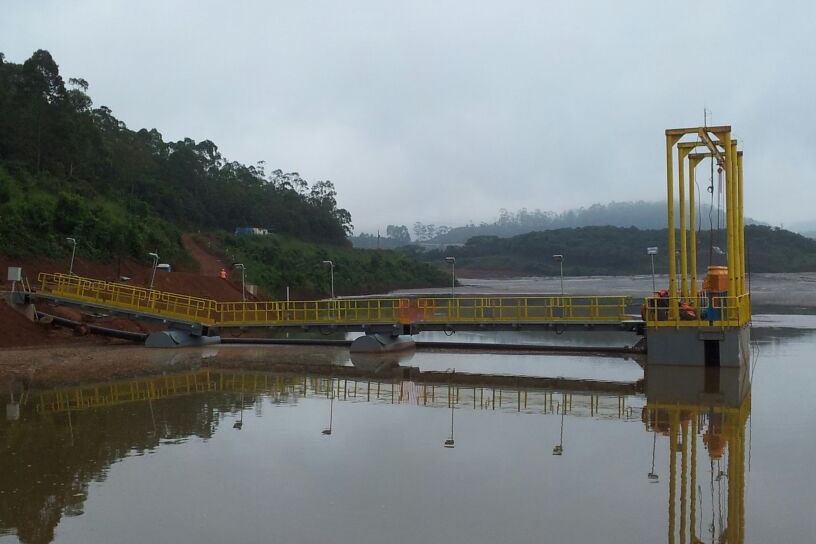
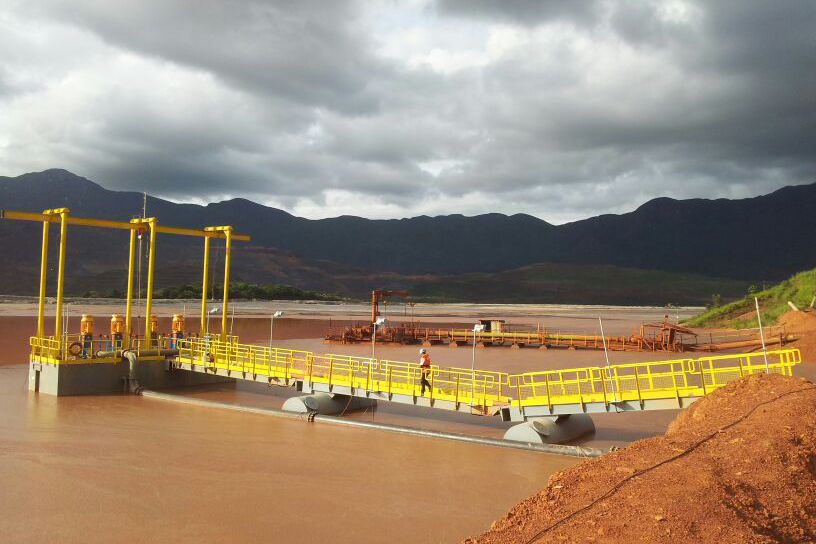
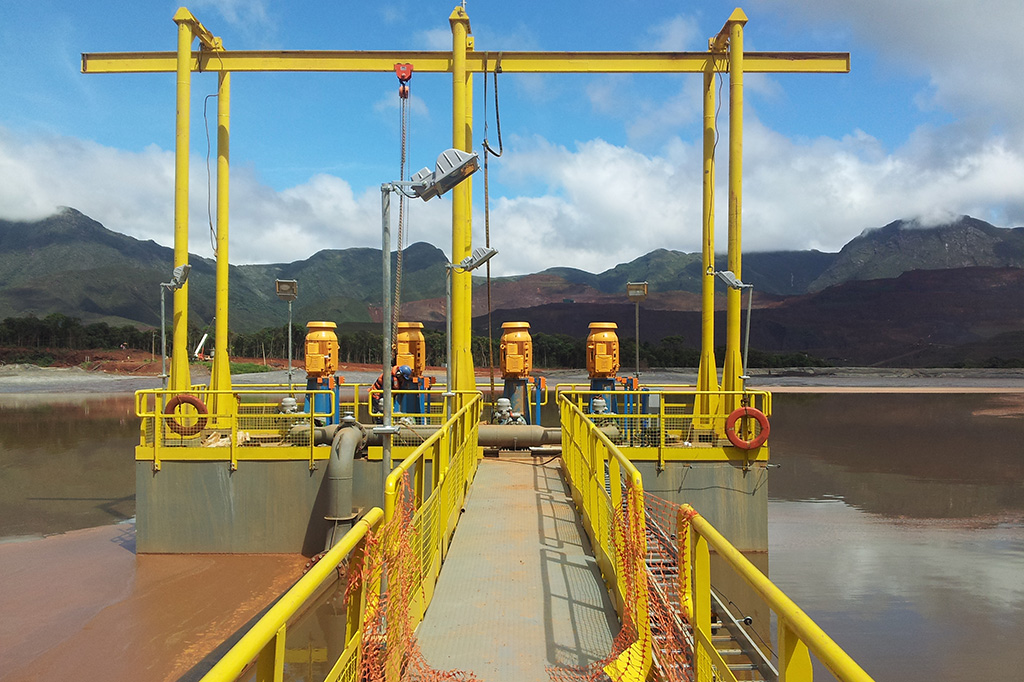
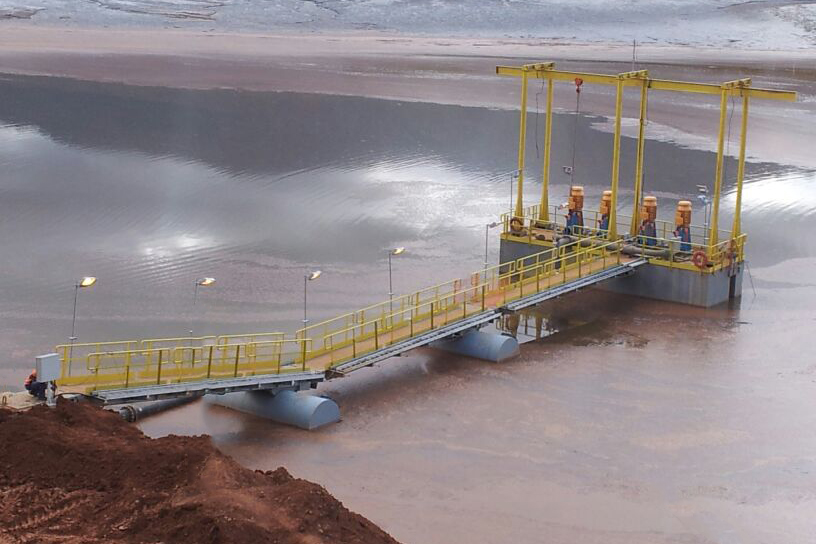
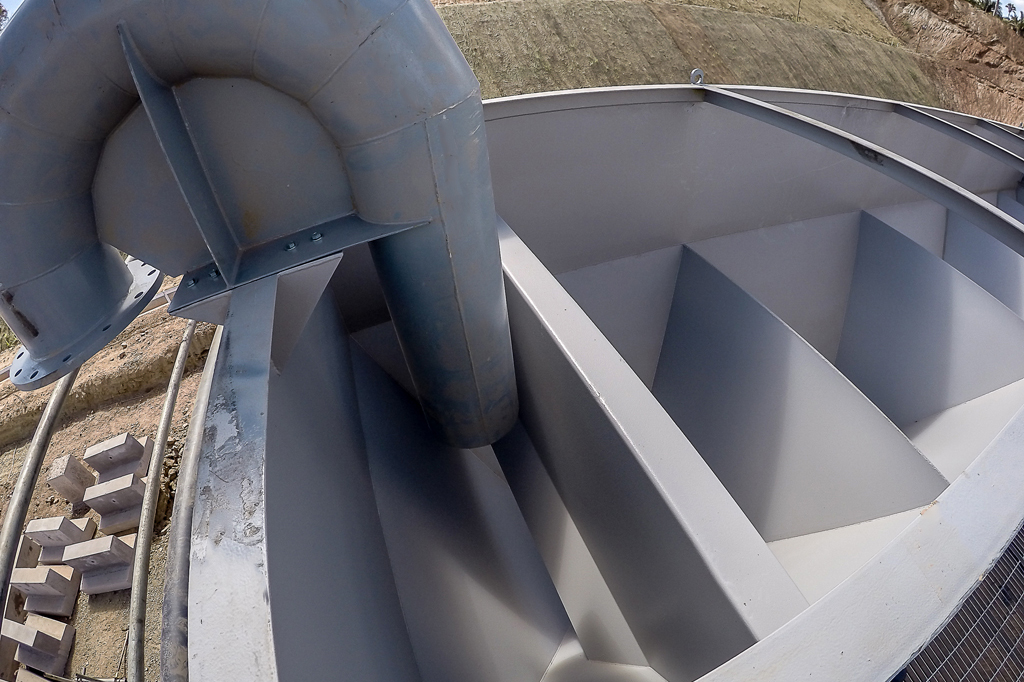
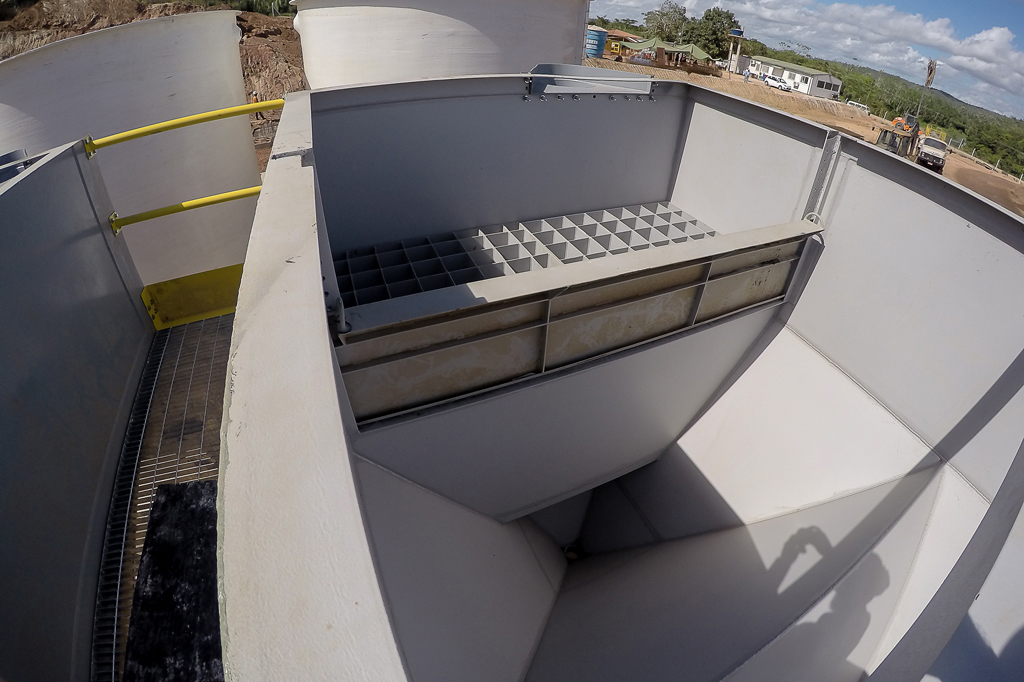
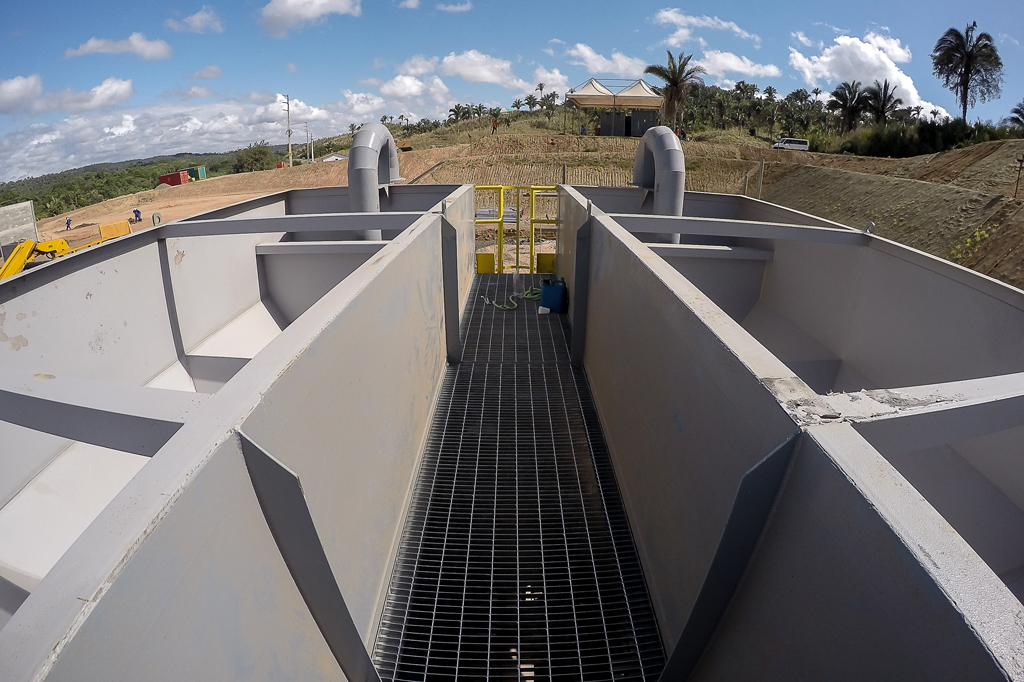
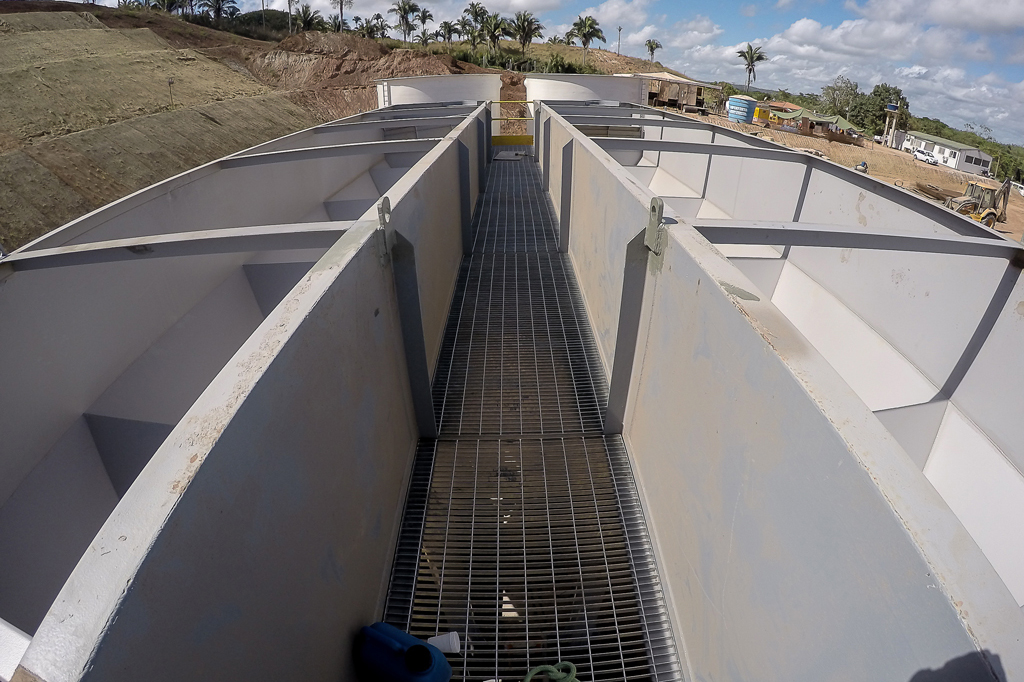
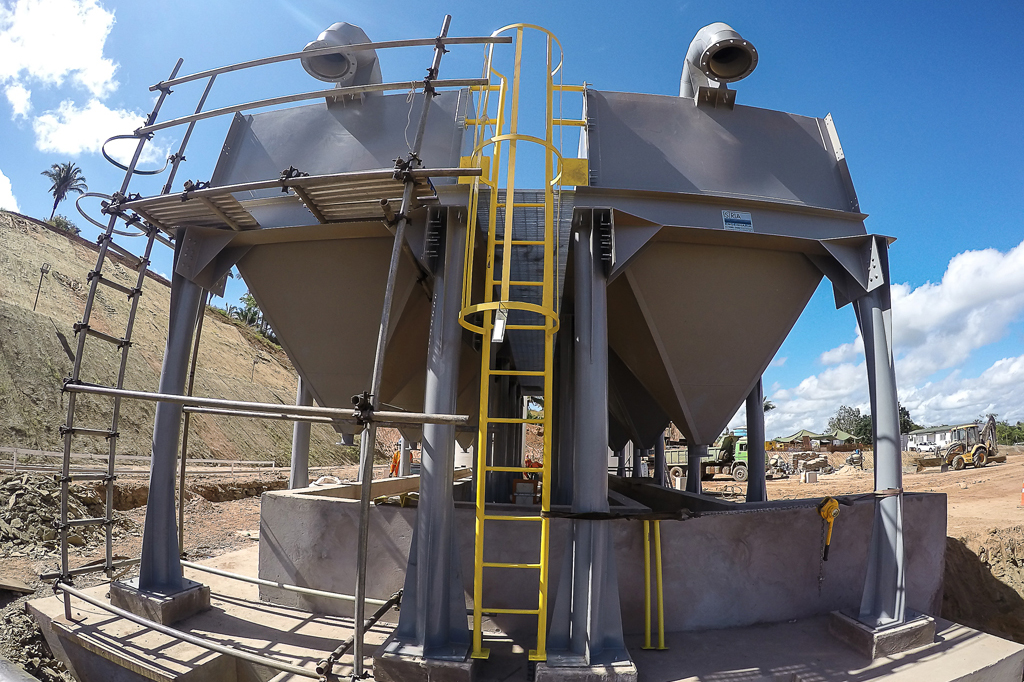
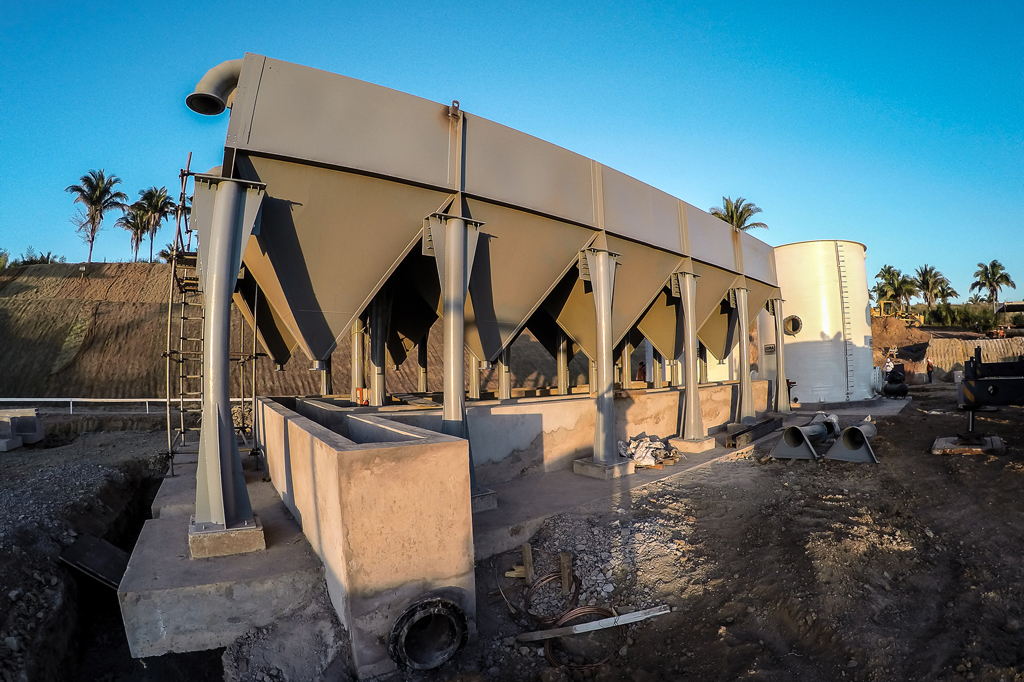
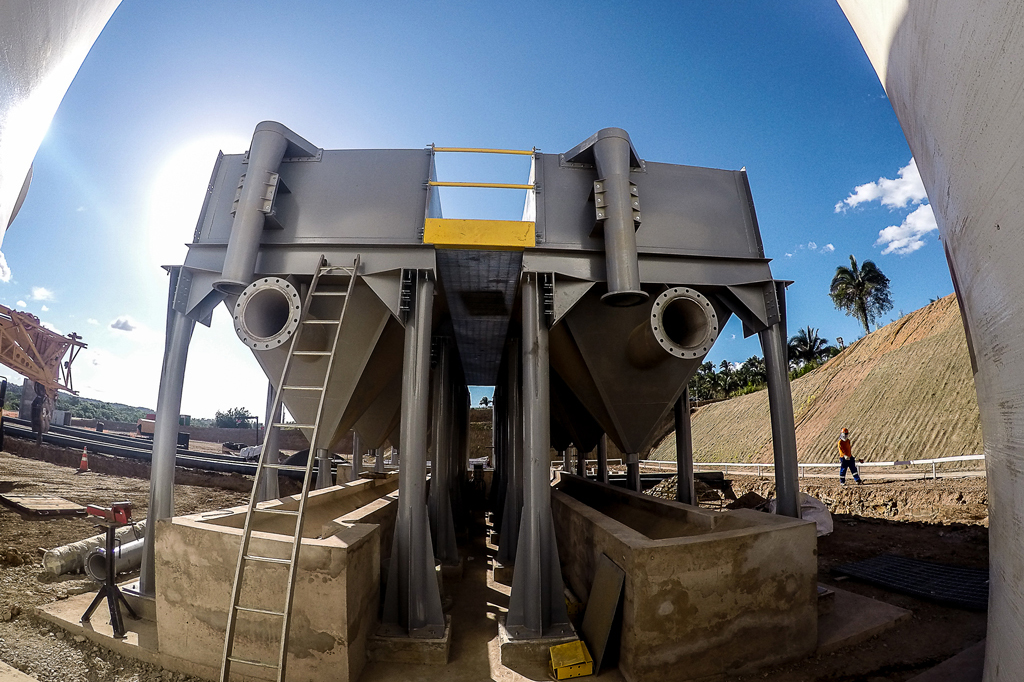
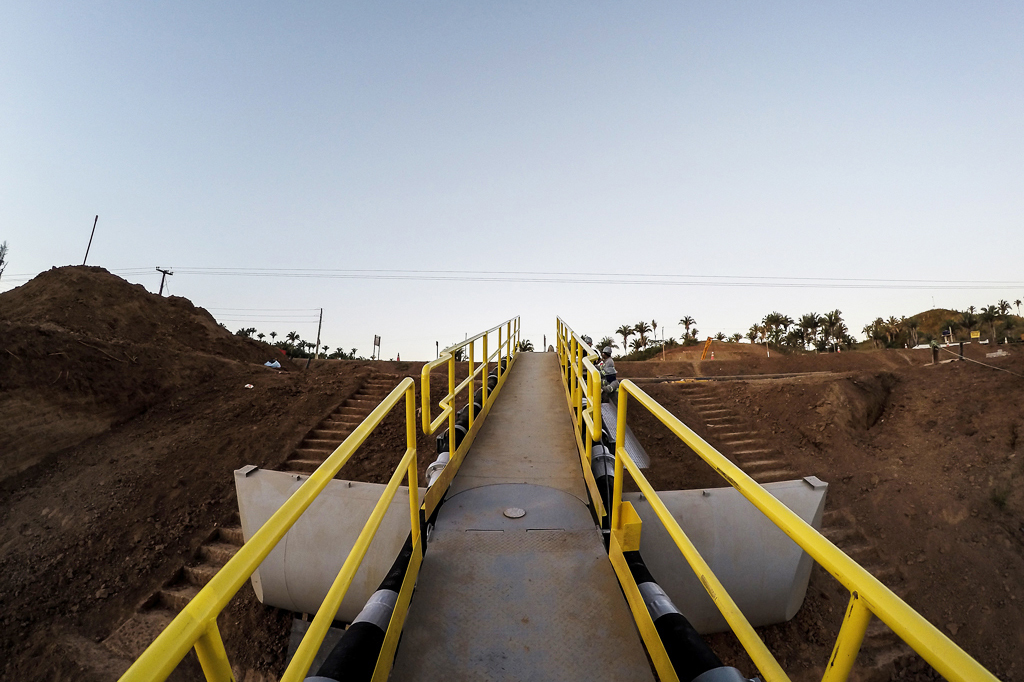
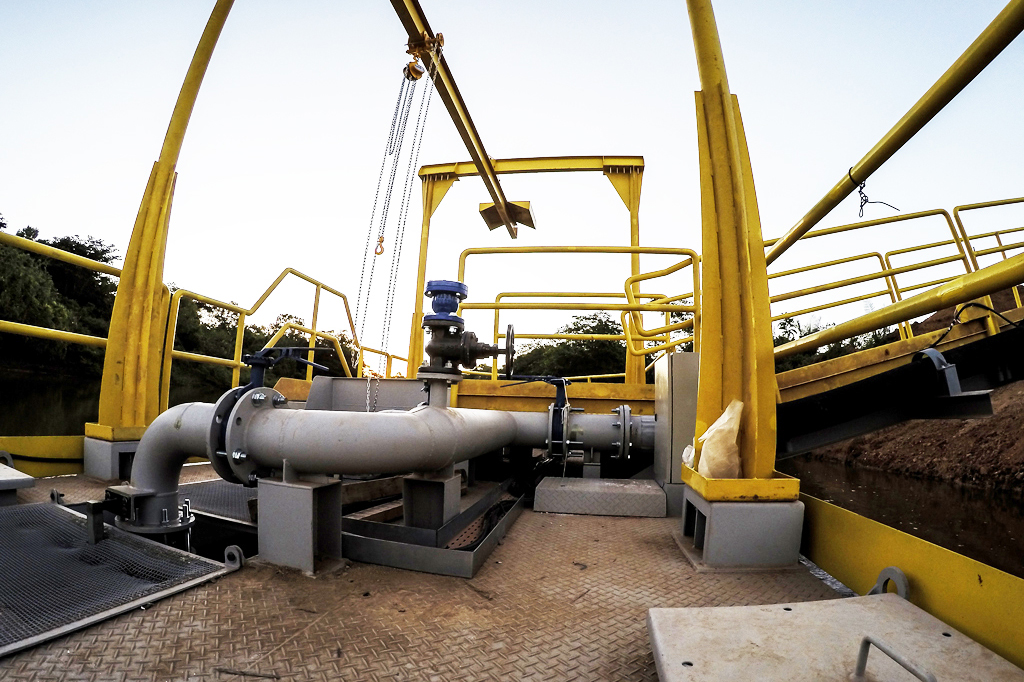
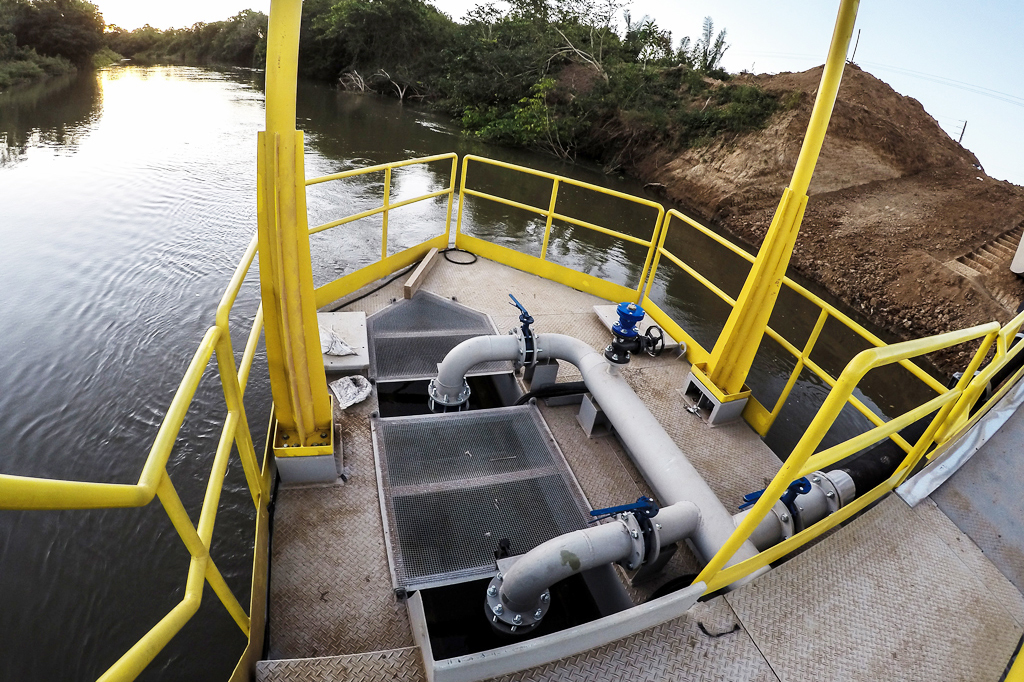
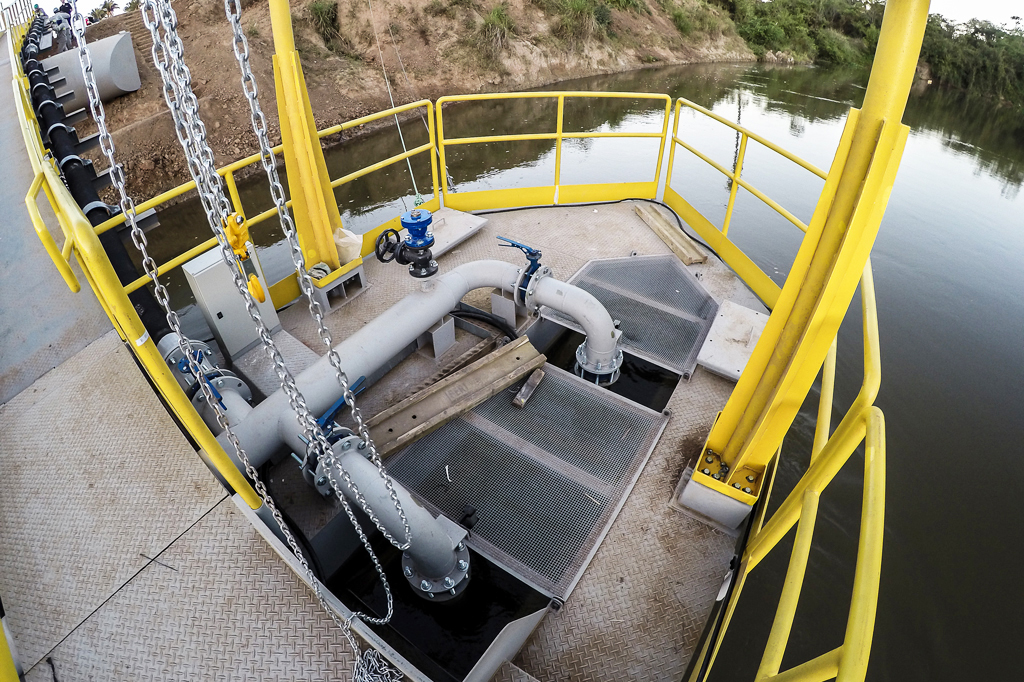
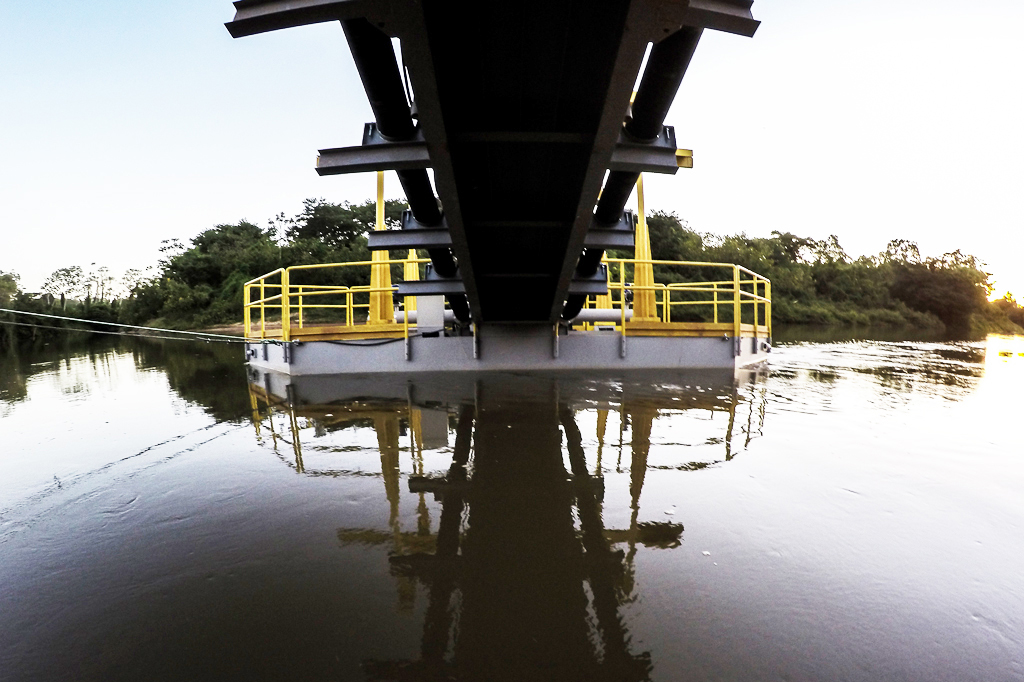
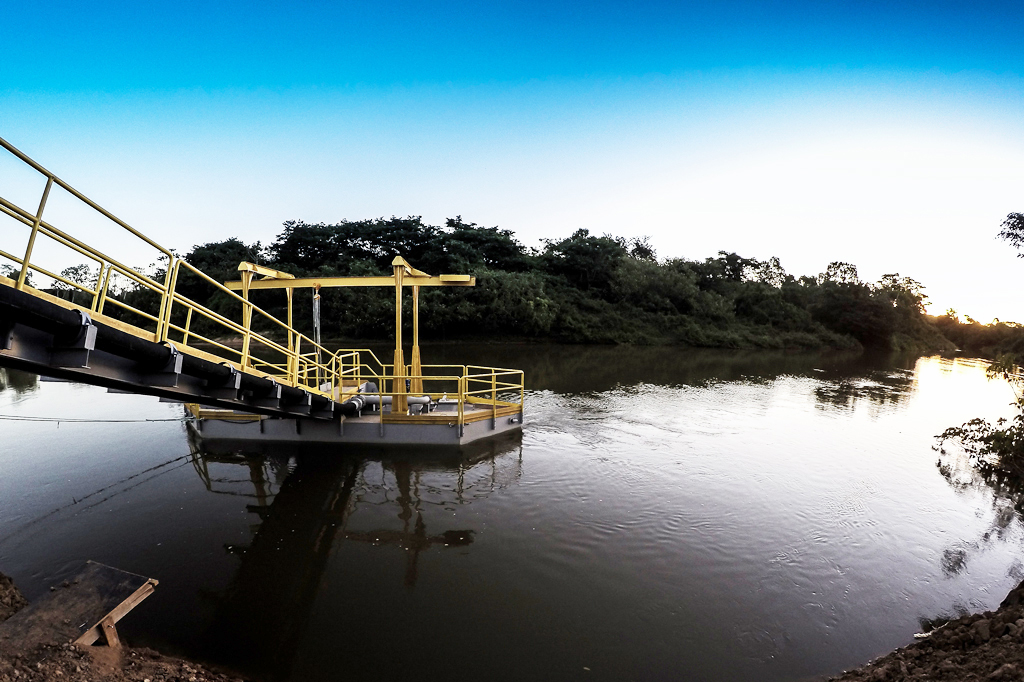
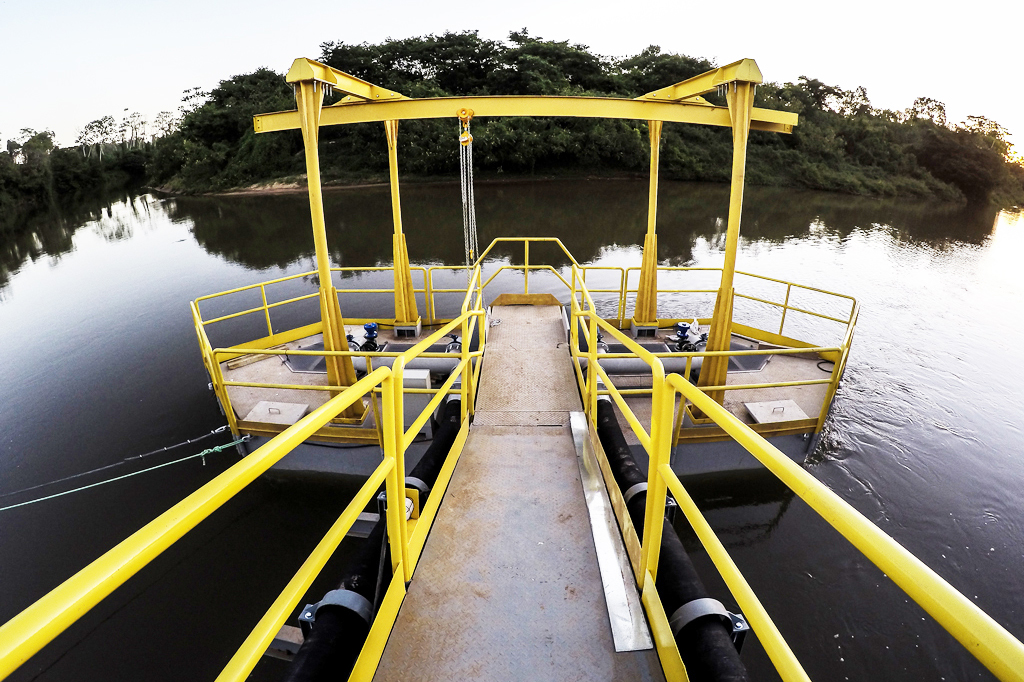
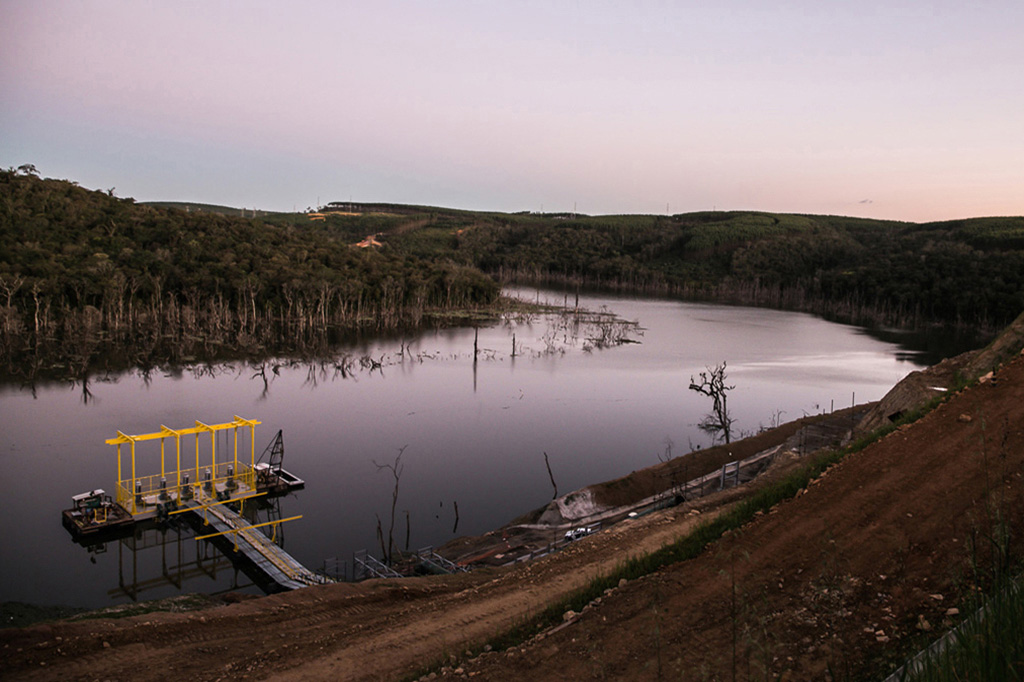
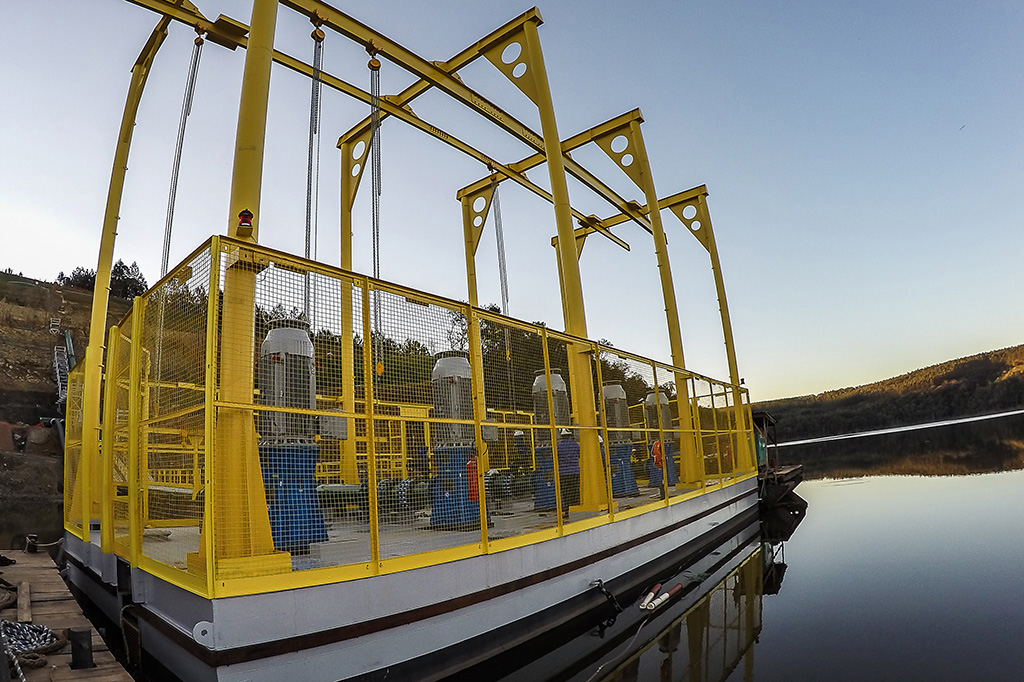

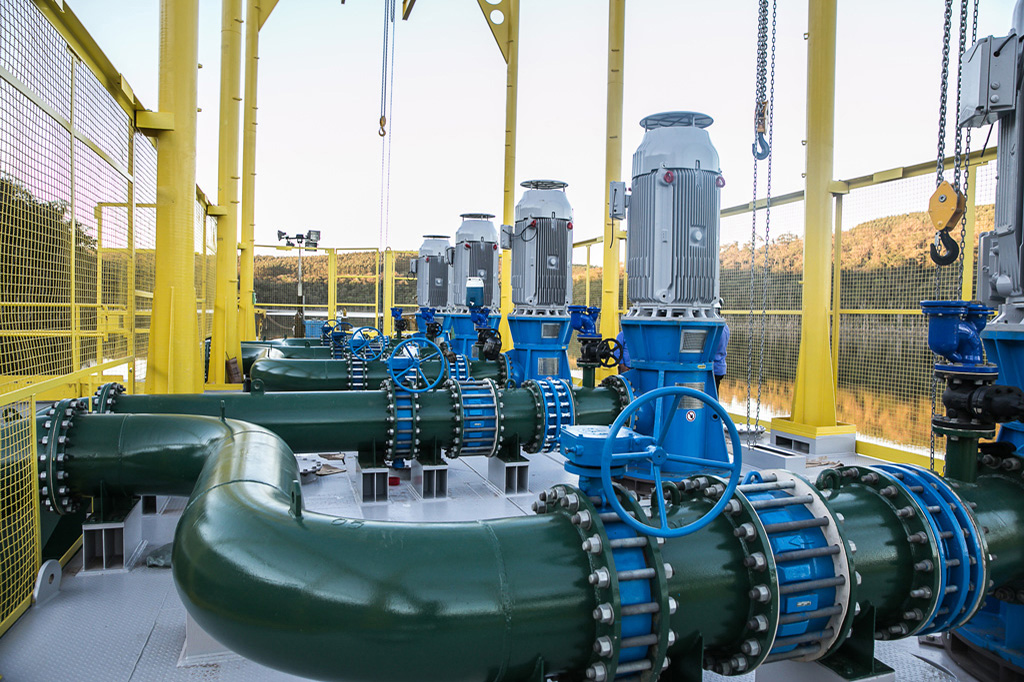

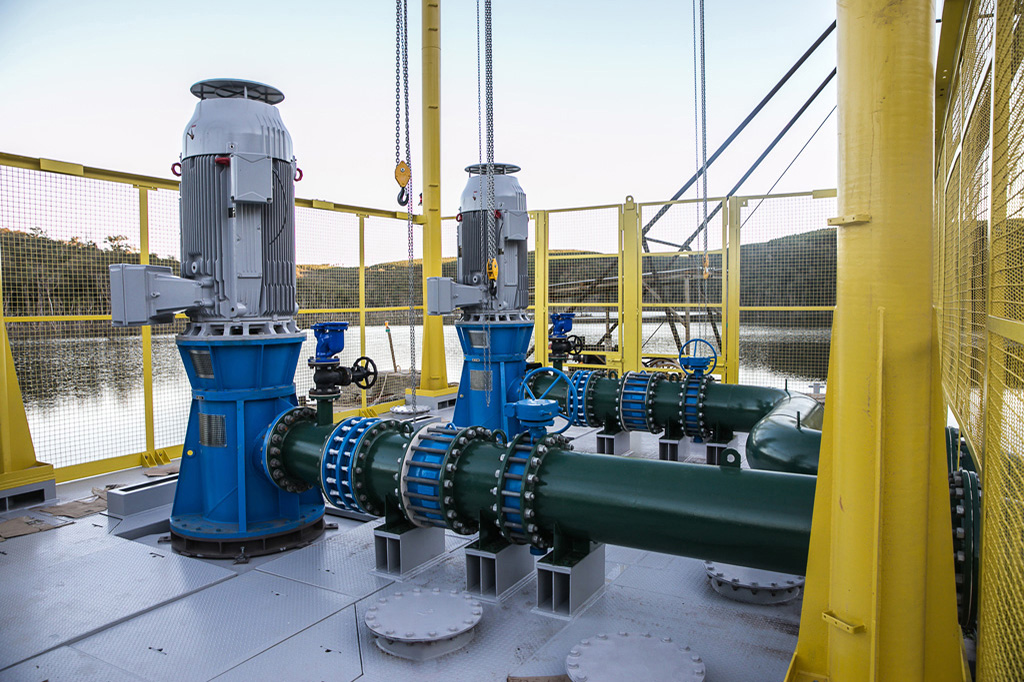
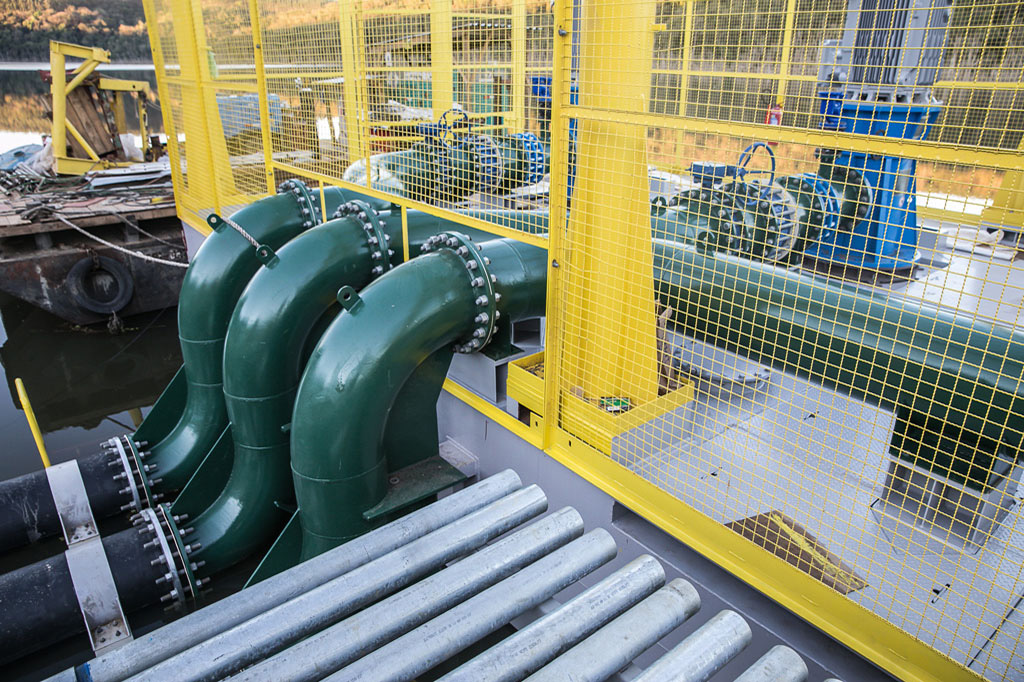
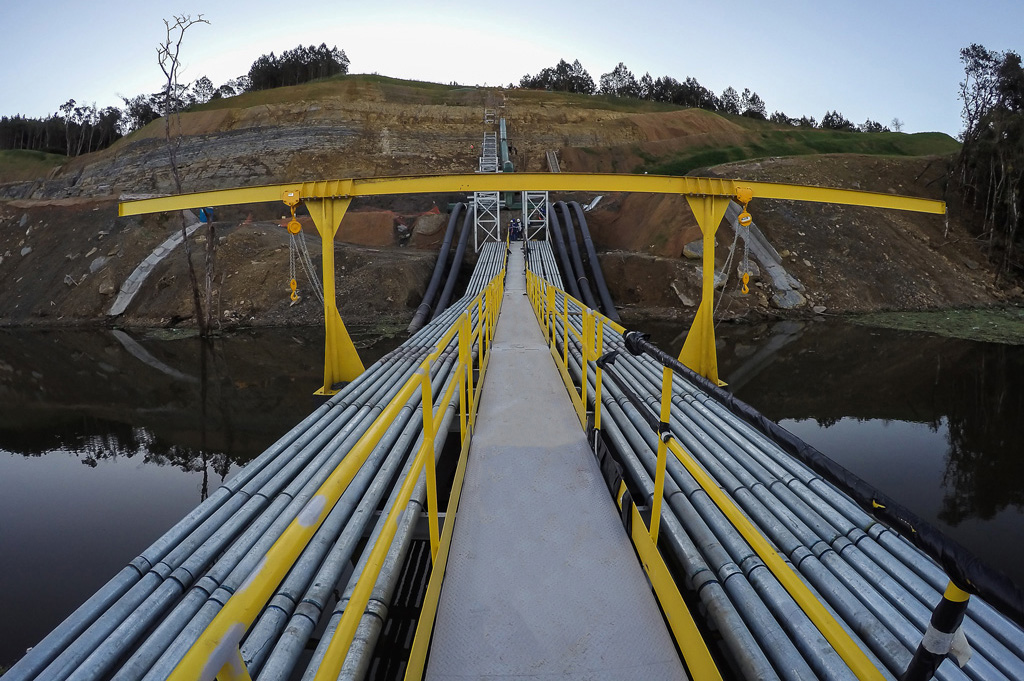

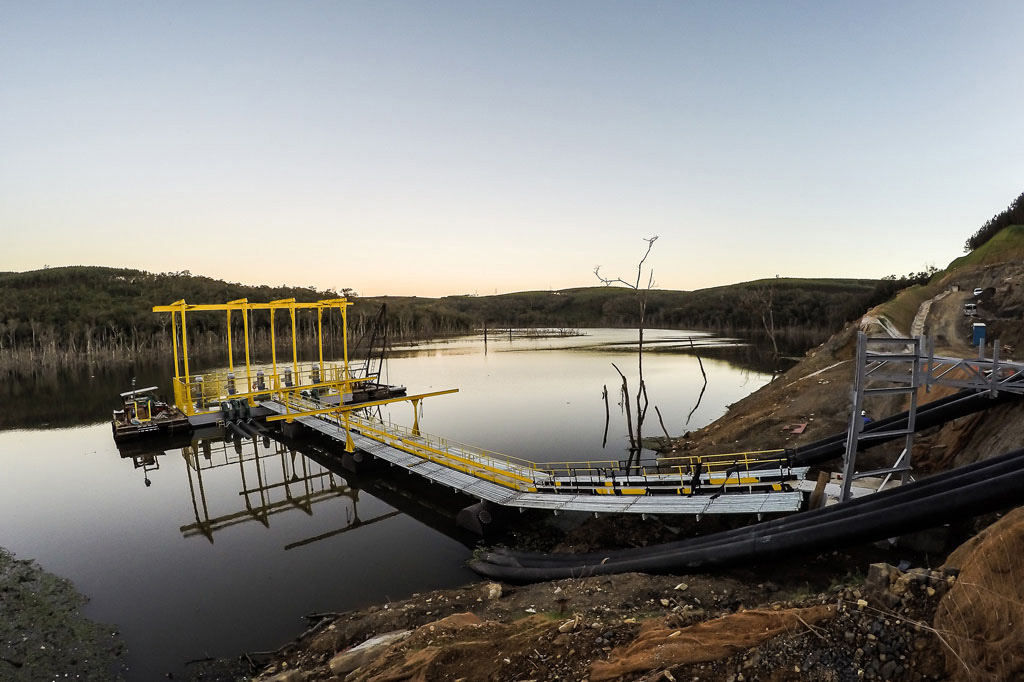
Sobre o Autor